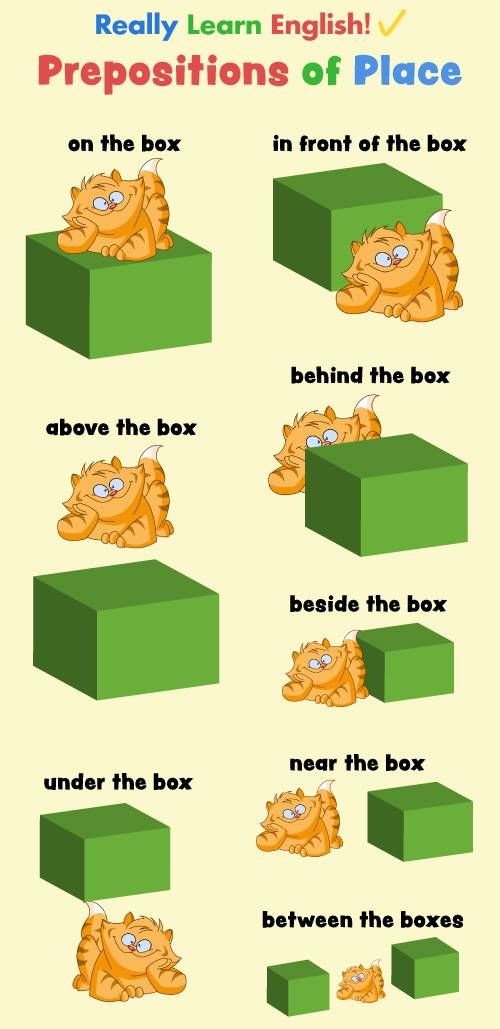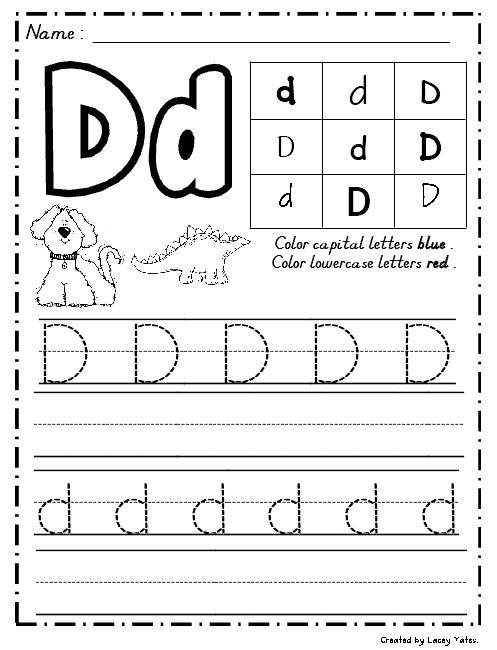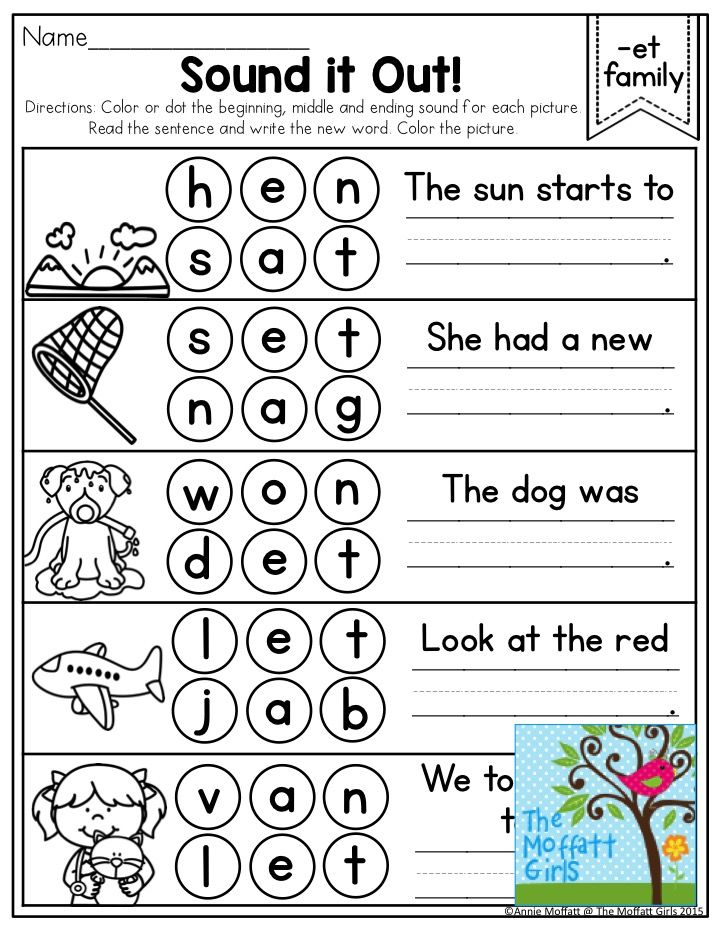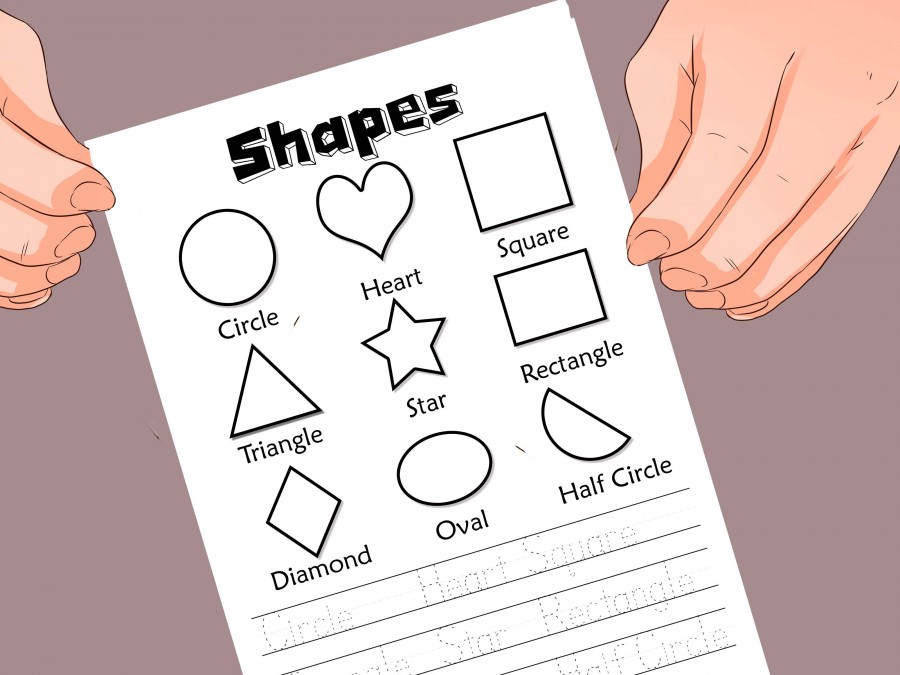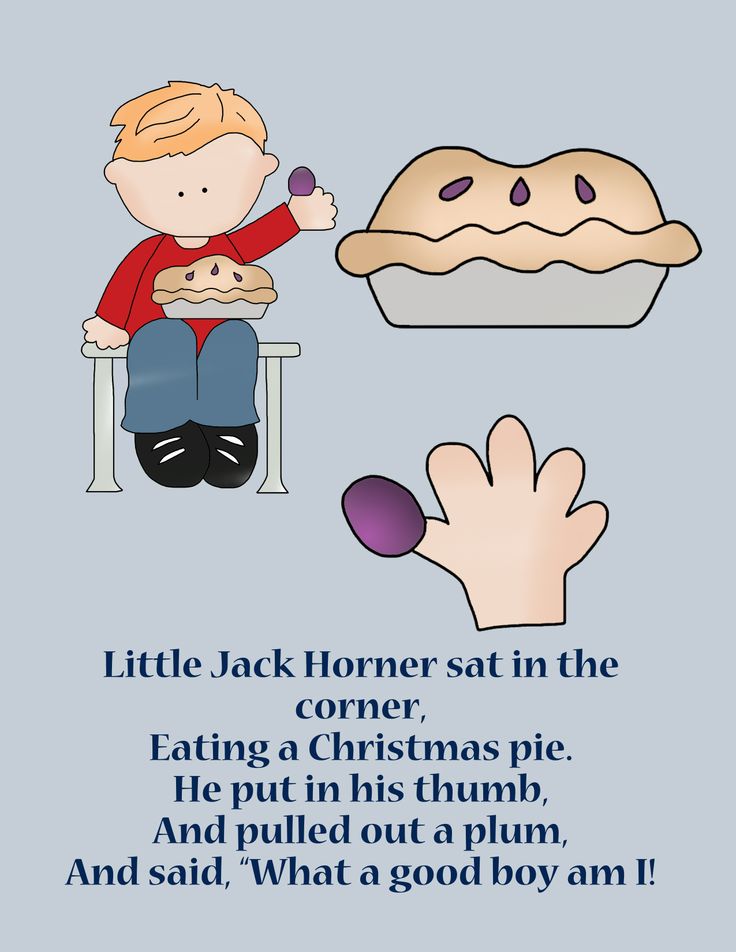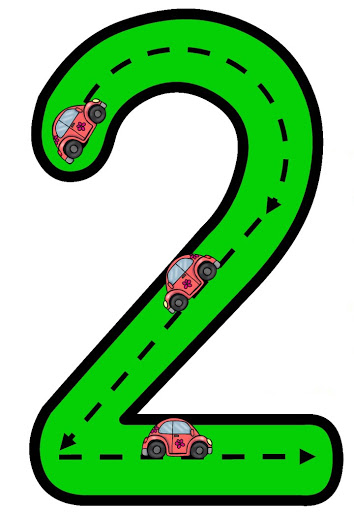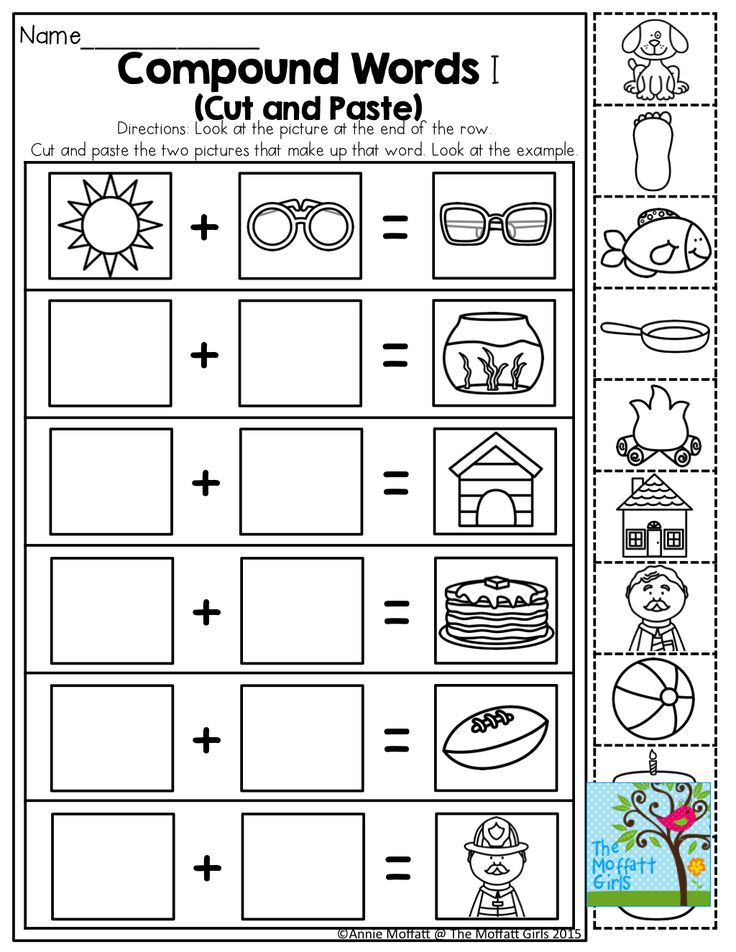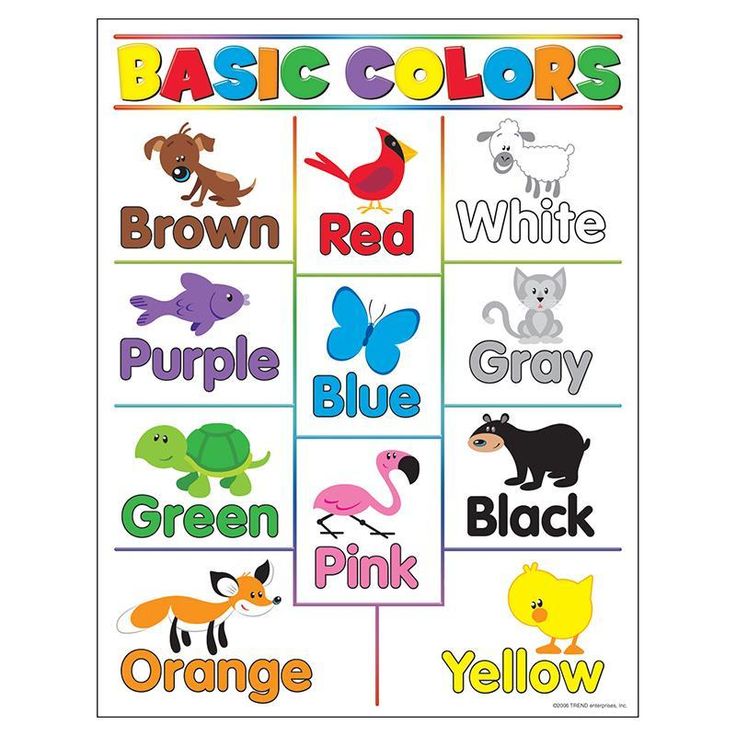Activity for preposition
How to Teach Prepositions and Some Fun In-Class Activities
Prepositions are words governing, and usually preceding, a noun or pronoun and expressing a relation to another word or element in the clause. But to make your pupils understand the idea, explain to them that prepositions are words which link nouns, pronouns and phrases to other words in a sentence.
Table of Contents
What are Prepositions?
According to the Oxford English Dictionary, a preposition is a word governing, and usually preceding, a noun or pronoun and expressing a relation to another word or element in the clause. But to make your pupils understand the idea, explain to them that prepositions are words which link nouns, pronouns and phrases to other words in a sentence.
When describing the position of something, the time when something happens or the way in which something is done, we use prepositions.
Functions of Prepositions.
The function of a preposition is to demonstrate the relationship between two words in a sentence, normally between a noun, verb or adjective and a noun (including proper noun), pronoun, or gerund (verb in noun form). For example:
- I ran into the classroom.
- The lady beside Peter.
- She spoke to him.
- He is passionate about swimming.
- I went to Singapore.
A preposition is normally followed by a noun or pronoun and together they form a “prepositional phrase” (about swimming, into the classroom, beside Peter).
Forms of Prepositions.
Prepositions have no settled form. The most common prepositions are one-word prepositions (on, before, into), however there are two- or three-word phrases known as complex-prepositions that we use in our daily lives (according to, along with, in spite of). One thing to notice is that you should make sure that your pupils know the differences between “Complex prepositions” and “prepositional phrases”.
Many prepositions have literal meanings (in the room) or metaphorical meanings (in love). The meanings can be sorted in categories, for example:
- place — under the desk
- time — on Thursday
- purpose — done for school
- possession — a product of mine
- manner — by bus
- means — with a guitar
- movement — towards the rear
- accompaniment — without a tool
Some prepositions belong to more than one category, for example “on the table/on Saturday, with his wife/with a hammer).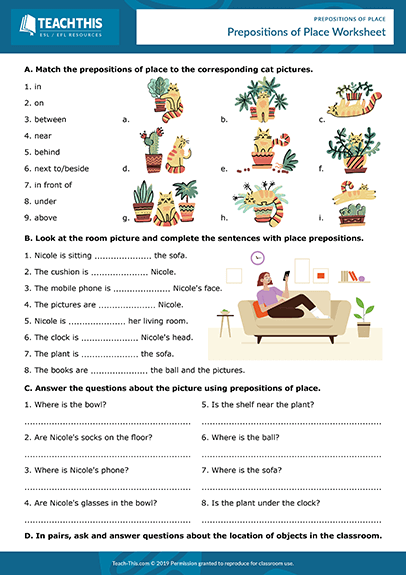
Metaphorical prepositions are those which are used originally to express space, but then expand their meanings to other functions such as means, manner, etc. They are metaphorical since they have a link to the original meanings but extended based on the idea of polysemy.
Many prepositions can also be adverbs. A preposition always has an object. An adverb does not have an object. For examples:
- “They are in the bedroom” vs “Please come in” (no object).
- “There was a car before me” vs “I had never seen it before” (no object).
- “I will call after school” vs “She called soon after” (no object).
There is one very simple rule about prepositions: a preposition is always followed by a “noun” (occasionally the noun may come before the preposition). It is never followed by a verb.
By “noun” we mean:
- noun: cat, love, potato
- proper noun: Paris, Lucy, English
- pronoun: us, you, him
- noun group: my first car
- gerund: singing
Fun In-Class Preposition Activities.
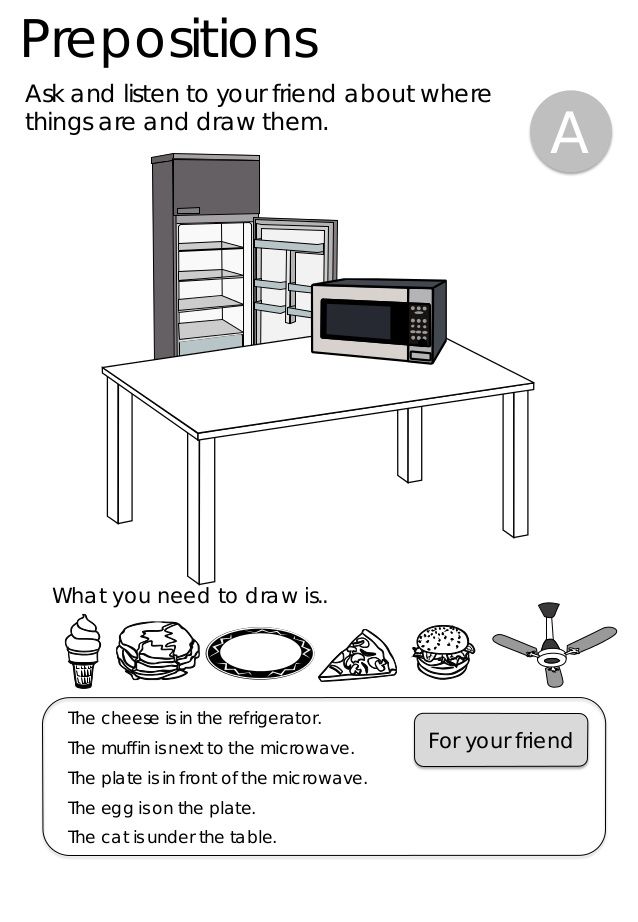
The “Do As I Say” Game.
Put children in pairs, and set a bar or put a desk in front of each pair. On your command children move into a position that illustrates the preposition that you name.
For “under” or “on” children can use the table or the bar, “In front” or “behind” can be done with two pupils, one standing behind or in front of the other. “In” and “out” might be shown with one pupil making a circle with his or her arms, while the other kid stands in the circle or out of it.
The Classroom Ghosts.
Tell your pupils that you have a bad news: there seems to be a naughty ghost in the classroom. The ghost misplaced some items when you left the room yesterday, and you can’t remember what was where, and you need their help.
Prior to this activity you will have to move some things around. For example, you could place some bricks under a pupil’s chair, put a marker pen on the bookshelf, put a doll on the teacher’s chair, or put the clock behind the door, etc.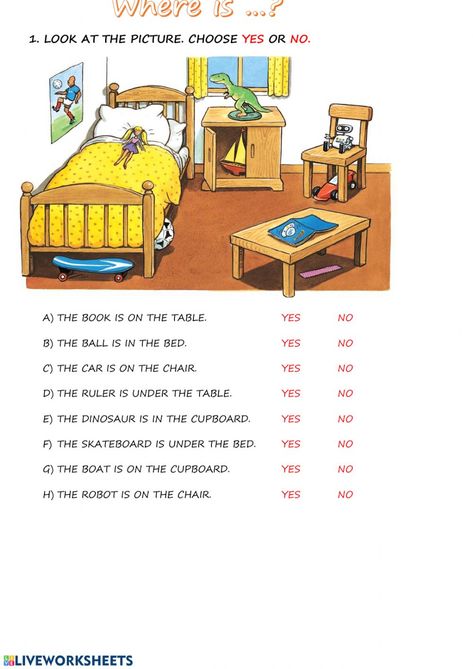
Get pupils into pairs to make a note of what the ‘ghost’ has moved around, and ask them to use ‘prepositions of place’ to make sentences. For example:
The clock is at the wrong place. It should be on the wall.
The bricks are under someone’s chair. They are usually on the shelf.
You could even assign a child as the secret ghost to make a few more changes to the classroom objects for the following day, and then review again with your class to check what they remember.
Grand Designer.
Put your students in pairs, and ask them to describe their ideal bedroom or living room to each other. Tell your class to imagine that they have all won the lottery and they are able to buy their dream house. Ask them to write a detailed description of their ideal homes, using prepositions of place, to give to an interior designer. You can either limit this to one or two rooms, or get the students to design an entire house. Since they are doing this activity in pairs, they may have to make compromises during designing:
Pupil A: There should be a big TV on the wall in the bedroom.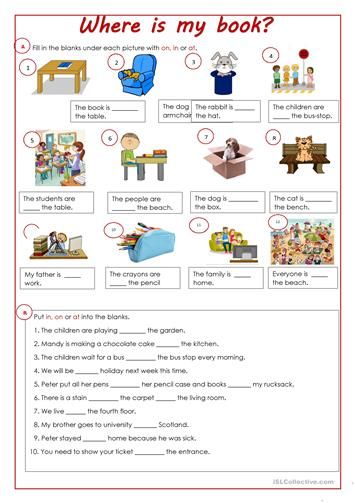
Pupil B: I like a big screen but I would prefer it in the living room.
Once finished, students can join another pair and share ideas. The first pair can describe their dream house and the other pair can try to sketch it.
Scavenger Hunt.
This activity can be done on the whole school premises or within the classroom if your classroom is big enough. Put children in groups of fours or fives, create several clues, give each small group of students one handout with instructions, and take a picture at each point on the scavenger hunt. Clues and instructions can be like:
Walk towards the school gate. There is a poster of a concert on the wall as you walk out of the building. Take a picture of yourself with the poster.
Along the playground, you will see a statue of a penguin. Take a selfie with it.
The List Challenger.
Assign pupils into small teams, at a maximum of four per team. Tell them that you will give them a list of ten prepositions.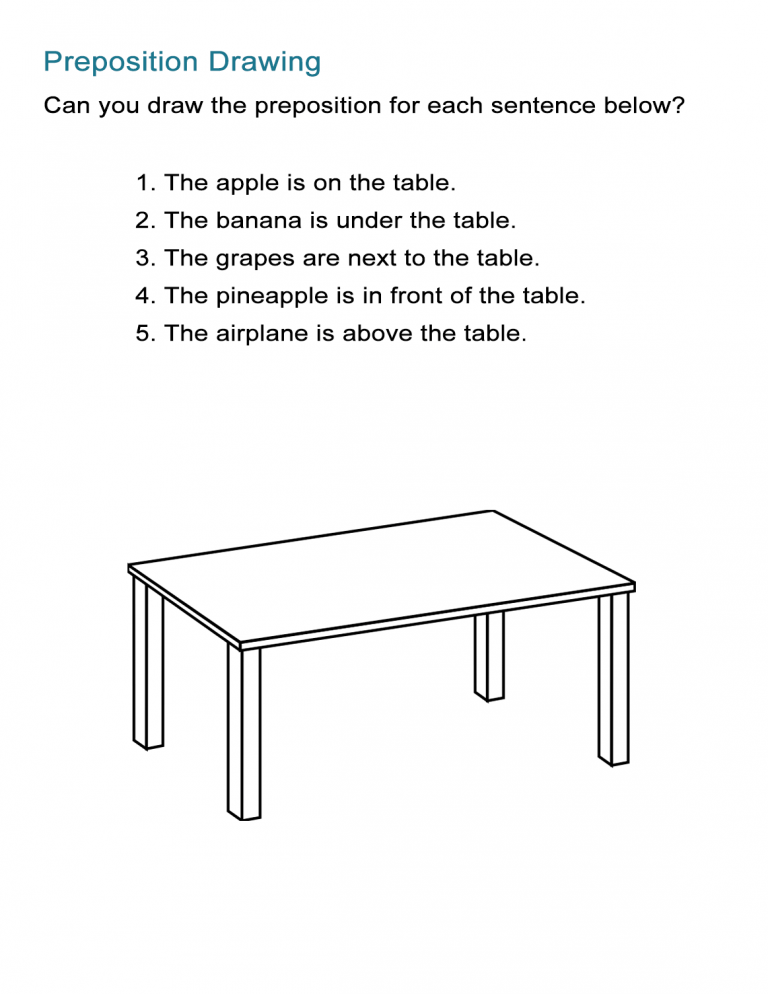 Each team must try to create as many sentences as they can using the ten prepositions. Write the prepositions to be practised on the board, such as: on, in, under, in front of, into, above, behind, at, below, between.
Each team must try to create as many sentences as they can using the ten prepositions. Write the prepositions to be practised on the board, such as: on, in, under, in front of, into, above, behind, at, below, between.
Then, pick two teams and ask them how many sentences they think they can produce. Both teams will then work closely together to write eight and ten accurate sentences. After finished, ask both teams to try and spot any mistakes the other team has made. If both teams accurately produce the number of sentences they said they could and has no mistake, they are awarded that number of points. For example if Team A claimed that they can writer 7 sentences and they wrote 7 with nothing wrong, that’s 7 points for them. If a team gets even one sentence wrong, or does not get the number they said they would, they get zero points.
Grammar with Emile
If you are tired of making props for activities, or you just need one activity that can do all the tricks and get all of your pupils engaged(even the most inactive ones), then you need Grammar with Emile.
It’s a resource on computers or tablets that can easily grab students’ attentions with cute cartoon characters and cool animations, and it actually offers an Assess, Practice and Achieve Model which automatically assess a pupil’s current ability on a certain subject, assign the proper level of practice questions for the pupil to do, and teachers can just sit back and wait to see their pupils achieve a higher level (better marks and improved overall understanding of a subject).
More of our Grammar Blogs
Five Fun Activities for Teaching Prepositions in the Primary Grades
Do you teach preposition words like above, around, beneath, etc. to your students?
There is SO much to cover in English / language arts, so sometimes we forget concepts like these!
But they’re still important! So in this post, I’ve got some low-prep and no-prep activities to help you squeeze in this important instruction! 🙂
Photo Credits: SergioVas, ShutterstockActivity #1: Hands-On PracticeThis hands-on activity from my First Grade Grammar Alive program introduces students to prepositions.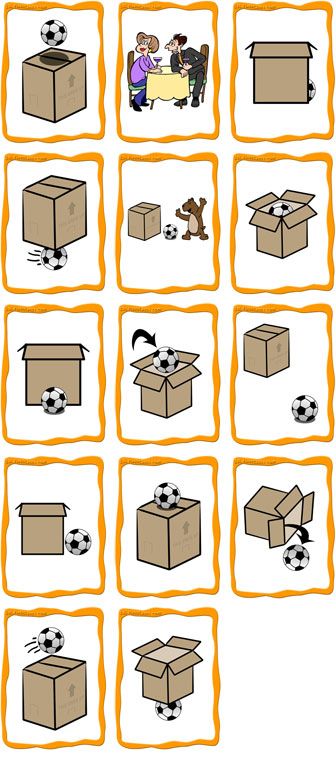
Each student needs a counting bear (or other small toy) and a paper cup. Once each student has their bear and cup, give them directions to follow with their bears.
Tell your students to put their bears on top of the cup, inside the cup, beneath the cup, etc.
Continue with other phrases you want to focus on, like: under, next to, beside, above, below, around.
After a few rounds of giving directions yourself, let your students take over and practice giving the class directions with prepositions.
Activity #2: Find the Missing Object Modeled WritingI really like modeled writing because I get to show my students how to do something new, instead of just telling them!
Once my students know about prepositions, this activity is a perfect way to show them how to use prepositions in their writing.
You’ll need a stuffed animal or other object to hide and a list of prepositions that tell when and where.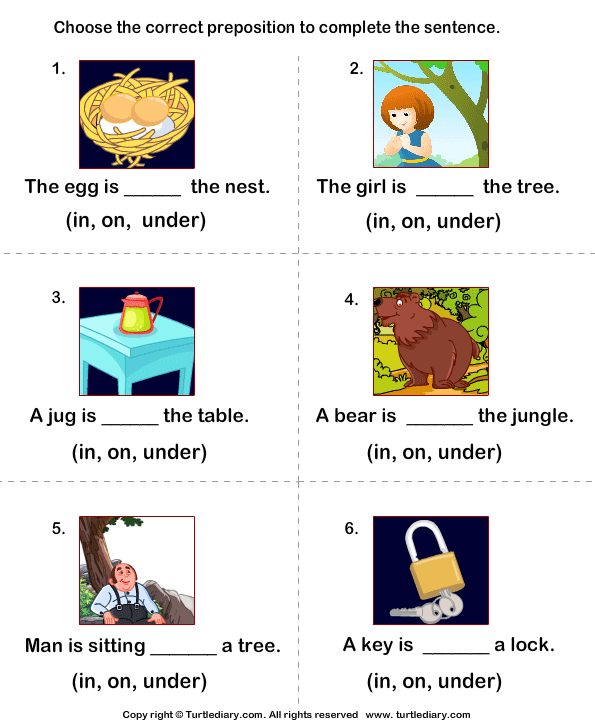 My Second Grade Grammar Alive program has a great list to use, or you can use your own list for the activity.
My Second Grade Grammar Alive program has a great list to use, or you can use your own list for the activity.
After reviewing the list of prepositions, have one student step out of the classroom. The rest of the class should decide where to hide the stuffed animal.
Model how to use prepositions in a sentence to describe the general location of the hidden object without giving it away. (Example: The teddy bear is across from our coat hooks.) Write two clues using prepositions from the list.
Now, have the student waiting in the hall return and use the clues to find the hidden object.
Activity #3: Preposition Class BookMy kids love making class books – what about yours?
You can create a class book to practice prepositions!
Students choose one object in the classroom and draw it with at least one other item near it to show its position.
After drawing, the students can write a sentence using the following format: The _____ is _____ the _____.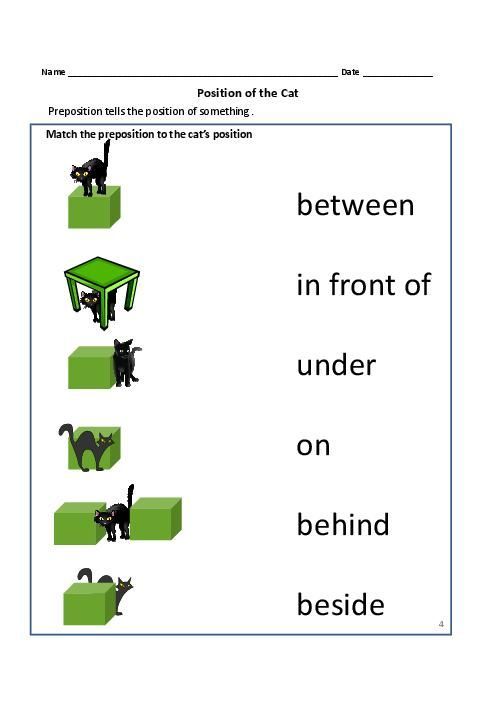
For example, “The ball is in the basket.”
or “The pencil is next to the paper.”
Collect everyone’s finished work and make it into a book. Read the book aloud to the class, and then put it in the classroom library!
This book cover and templates for student pages are included in my First Grade Grammar Alive program.
Activity #4: Finding Prepositions “In the Wild” in Mentor TextsI’m a big fan of having kids connect grammar concepts to real books!
It anchors their learning in the authentic texts they’re already reading each day.
During your regular reading lessons, keep an eye out for prepositions in the books you’re reading to and with students. When you come across a great example, rewrite the sentence on the board.
Then, take out the preposition and ask students, “What is this sentence like without the word/phrase ________?
“Why do you think the author included the word/phrase _____?”
Activity #5: Expand a Sentence GameThe Expand a Sentence game is a perfect small group activity for students to practice using prepositions – AND adjectives and adverbs, if you’ve already taught those concepts!
To play, students read sentences (which are written on small cards), and then expand those sentences by adding adjectives, adverbs or prepositions.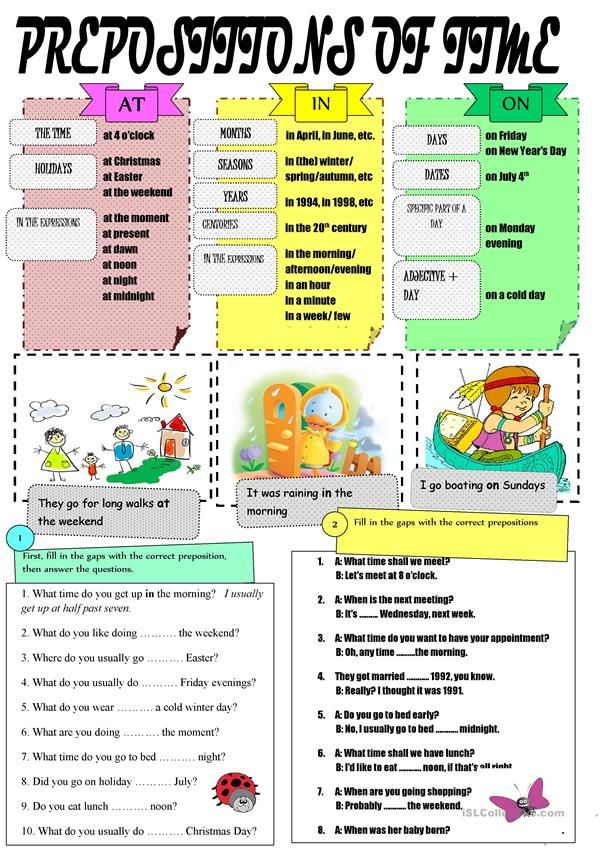
All the materials to make this game are included in my Second Grade Grammar Alive program.
Need more materials for teaching grammar?I hope these activities help make teaching prepositions fun and stress-free!
For complete grammar lesson plans and many more grammar activities (including the ones featured in this blog post), check out my Grammar Alive! bundles for Kindergarten, first grade, and second grade.
Happy teaching!
Prepositions in the speech of children with ONR
Oskolkova L.A., teacher-speech therapist
prepositions. Therefore, in the formation of the grammatical structure of children's speech, work on the study and consolidation of prepositions plays an important role.
A preposition in grammar is a function word expressing relationships between words (phrases and word form) .
Prepositions can be arranged in the following groups:
1. Prepositions (in, on, under, behind, around) - according to the location of objects or objects in space.
Prepositions (in, on, under, behind, around) - according to the location of objects or objects in space.
2. Prepositions (by, from, around, to, to, from) - the direction of action of objects or objects.
3. Prepositions (by, between, from, before, before, behind) - the mutual arrangement of objects relative to each other.
4. Preposition (y) - the presence of any property of an object or object.
5. Prepositions (for, about, about) - the direction of action on an object or object.
6. Compound prepositions (because of, from under).
However, in children with general underdevelopment of speech, numerous agrammatisms (mistakes) are often observed when using prepositions. Therefore, purposeful, systematic work is needed to overcome these mistakes in children and , both on the part of teachers and parents.
First of all, it is important to help the child learn the semantic meaning of each preposition (the so-called "small word" , since only under this condition will he be able to use them correctly in his speech.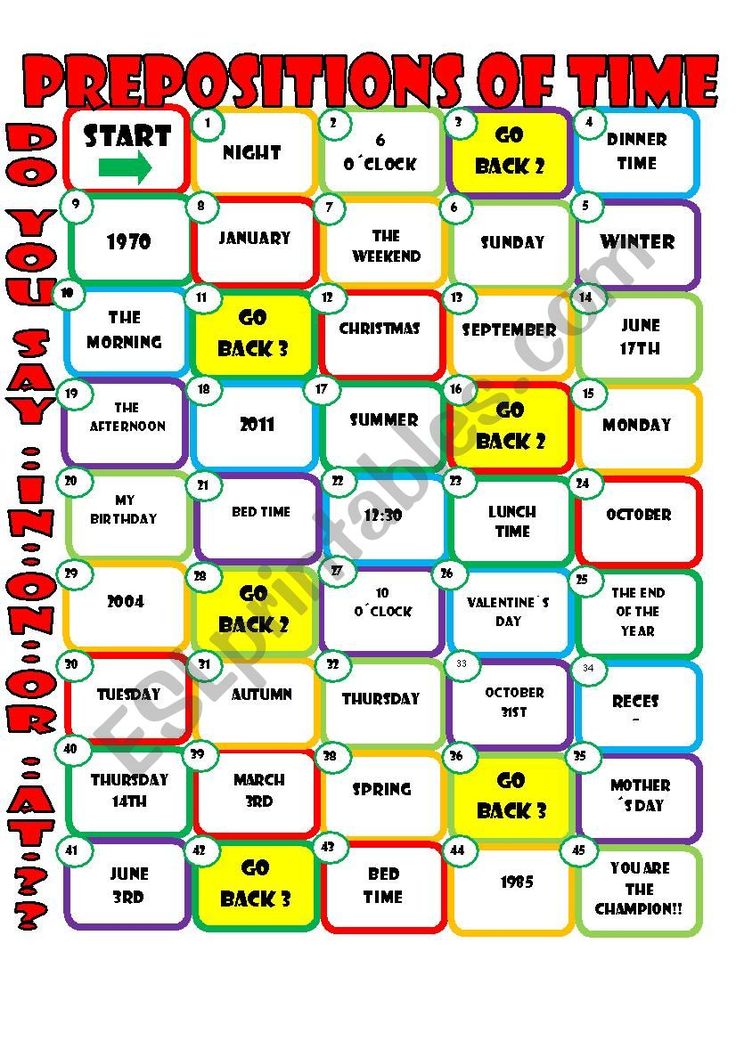
It is necessary to gradually explain to the child what prepositions mean:
ON - this means on the surface of something (on the table)
B - this means inside something (on the table)
UNDER - below - below something (under the table)
ABOVE - above something, as if in the air (above the table)
NEAR - next to something (with a table)
FOR - as if hidden behind something (behind the table)
BEFORE - in front of something (in front of the table)
The meaning of each preposition is explained separately, and the explanation must be accompanied by a visual and repeated display on specific subjects. For example, after explaining to a child the meaning of the preposition ON , an adult says: “Look, I put the book ON the table, and now I put it ON the cabinet (performs the appropriate actions) .
The same is done with the preposition В (each action is “spoken” by ). When explaining the meanings of prepositions, you can use visualization - diagrams.
When explaining the meanings of prepositions, you can use visualization - diagrams.
After explaining to the child the symbols available in the diagram, it can be used in exercises. The adult shows the child a picture and names what is shown on them, and the child must show the diagram that corresponds to the meaning of the preposition used by the adult. At the same time, the child sees that the location of the circle in relation to the square is fully consistent with the location of real objects. Examples "narration" pictures:
* A seagull flies over the water.
* The squirrel sits in a hollow.
* A bird sits on a branch.
* The ball is under the book.
* Children play near the house.
To find out how the child has learned the meanings of prepositions, he is asked to silently follow the instructions: put the book on the table, in the bedside table, in the closet, on the windowsill, on the table, etc. The unmistakable execution of these instructions will indicate that the child has learned meanings of prepositions.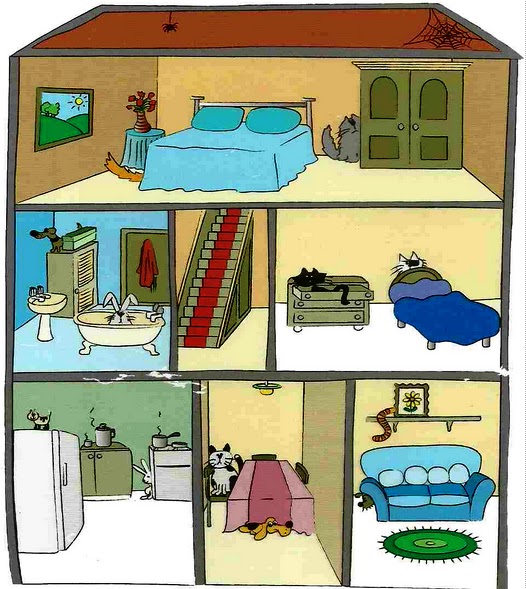 Only after that you can proceed to the exercises in the correct use of prepositions by the child himself.
Only after that you can proceed to the exercises in the correct use of prepositions by the child himself.
One of the areas of corrective work on the formation of lexical and grammatical categories in children with general underdevelopment of speech is teaching the understanding and correct use of prepositions. The limitations of verbal communication, the lag in the development of cognitive activity do not allow children to master prepositional constructions on their own. It is necessary to help children learn the rules for changing and combining words, to teach them to accurately convey the semantic intention using language means.
Prepositions in the child's speech appear later than all significant parts of speech. A characteristic regularity of the normal development of children's speech is the fact that the assimilation of prepositions is carried out only after the most functional elements of the language - inflections (endings) are mastered.
In children with OHP, the same sequence in the assimilation of speech is observed as in normally developing peers, but in a more extended period.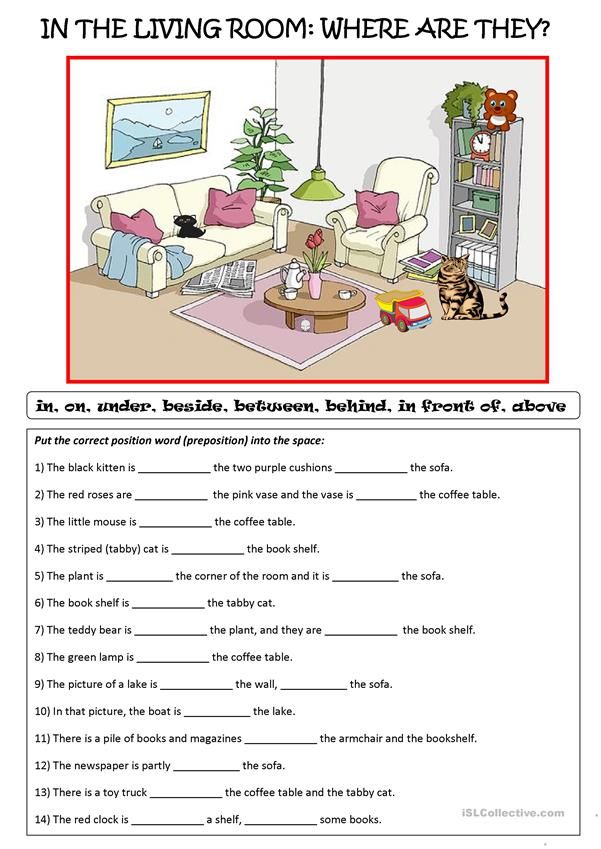 Therefore, speech therapy work on the formation of the correct use of prepositions in children with OHP is based on the sequence in the assimilation of prepositions in the norm.
Therefore, speech therapy work on the formation of the correct use of prepositions in children with OHP is based on the sequence in the assimilation of prepositions in the norm.
In speech therapy classes on the formation of the correct use of prepositions in speech in children, we learn to understand the spatial relations of two objects, expressed by the prepositions on, in, at, under, about, etc. , the most common in everyday practice and the simplest in terms of meaning. Classes are held in subgroups, alternating with the teacher's classes in the form of didactic games, game exercises, entertaining tasks. To draw the attention of children to sounding speech, toys, fairy-tale characters, objects well known to children are used. It is necessary to teach children to listen carefully to the instructions, to correctly perform the required action. For example, the Adult puts the die on the table and says, "The die is on the table." Preposition to is voiced. Children do the same.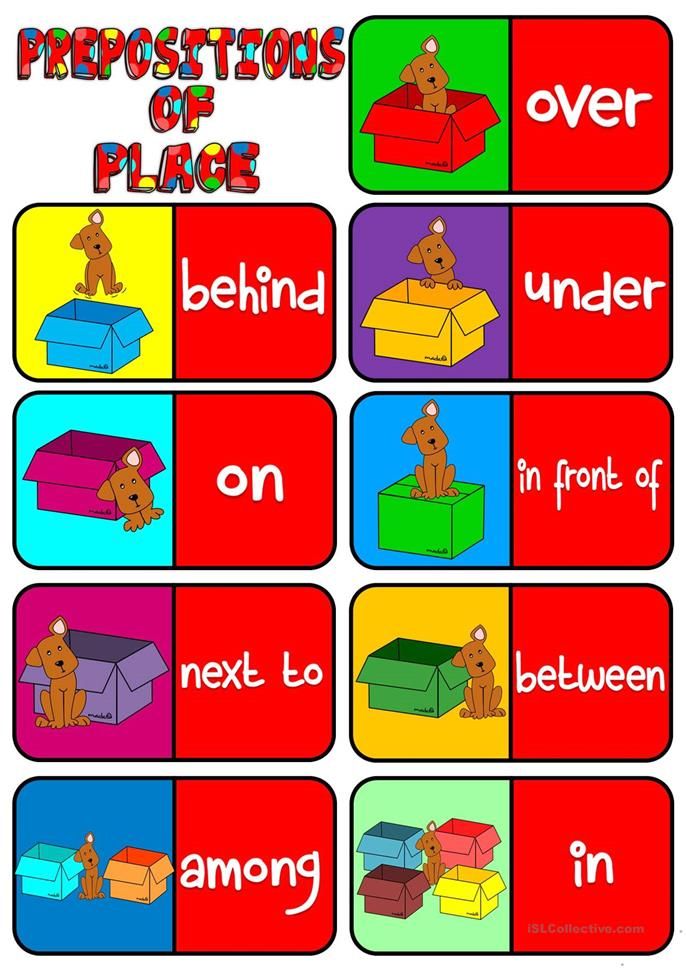 Then each child is asked where he put the cube. If the child cannot answer himself, then the speech therapist does this for him. First, children are taught to use a preposition in phrases, then in phrases, without achieving a clear pronunciation of words. After getting acquainted with several prepositions, work is carried out to differentiate them. For example, they ask the child to show where the pencil is in the box, and where is on the box; where the ball lies on chair, and where is under chair.
Then each child is asked where he put the cube. If the child cannot answer himself, then the speech therapist does this for him. First, children are taught to use a preposition in phrases, then in phrases, without achieving a clear pronunciation of words. After getting acquainted with several prepositions, work is carried out to differentiate them. For example, they ask the child to show where the pencil is in the box, and where is on the box; where the ball lies on chair, and where is under chair.
The skills of correct understanding and use of prepositions are reinforced by educators in individual classes held in the afternoon, as well as in the process of all regime moments. Parents can also be of great help. During consultations, they can be recommended to play with their children at home in such games as “Who hid where?”, “What is on the tree, and what (who) is under the tree?”, “Cat's house” and others.
Children of senior preschool age (2-3 levels of speech underdevelopment) get acquainted with prepositions on the material of phrases and simple phrases. You need to start learning with the simplest prepositions on, under, indicating the scene and easily modeled in the process of visual demonstration. The children's understanding of the spatial arrangement of objects expressed by these prepositions is clarified. For example, clearly highlighting the preposition to with your voice, the speech therapist asks you to follow the following instructions:
You need to start learning with the simplest prepositions on, under, indicating the scene and easily modeled in the process of visual demonstration. The children's understanding of the spatial arrangement of objects expressed by these prepositions is clarified. For example, clearly highlighting the preposition to with your voice, the speech therapist asks you to follow the following instructions:
- Put the cup on the table, and the car on the chair.
- Put book on table, ball on floor, and doll on bed.
When tasks with the small word to will run without errors, the rule can be explained:
The small word on appears when the item is on top.
After explaining the rule, the adult, followed by the children, pronounce combinations of words with the preposition to , highlighting the preposition with their voice. Then they make suggestions. In the classroom, not only objects in the group (toys, furniture, dishes) are used, but also picture material.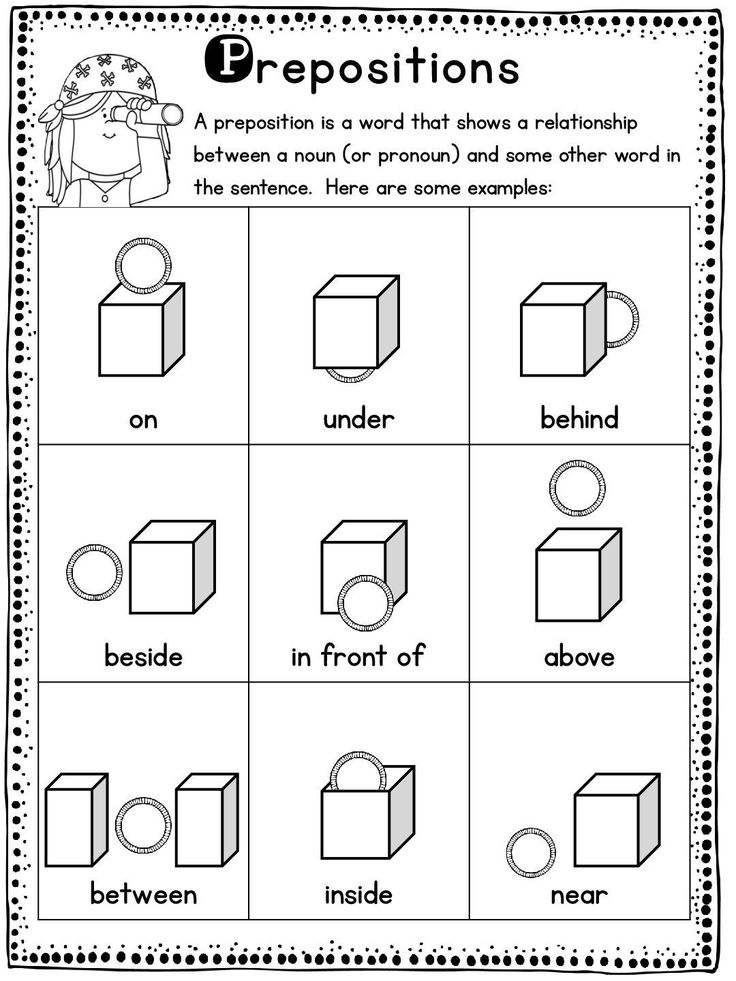 Relying on the visual analyzer always gives a positive effect, therefore, in addition to plot and subject pictures, preposition schemes can be used.
Relying on the visual analyzer always gives a positive effect, therefore, in addition to plot and subject pictures, preposition schemes can be used.
After mastering the preposition on, , the spatial arrangement of objects expressed by the preposition under is specified. Children learn to isolate the preposition under in a sentence and compose phrases and sentences with this preposition according to a visual situation, according to plot pictures, and two subject pictures. After mastering the grammatical constructions with the prepositions to and under , work is underway to distinguish them. An adult gives children a "truncated task":
- Put the ball ... a chair, and the fungus ... a table, - and asks: - Is it clear how to perform the actions? I missed small but very important words. Now, listen again: Put the ball under the chair and the fungus on the table. Do you need to do the same or different steps? What is the difference?
It is necessary to teach children to differentiate tasks, to listen to the verbal instruction, to keep its sequence in memory. Gradually, the tasks become more difficult: in the series of “small words”, it is necessary to highlight, for example, the words under and under . Hearing them in a row: on, from, in, under, about, between, over, the child should clap his hands.
Gradually, the tasks become more difficult: in the series of “small words”, it is necessary to highlight, for example, the words under and under . Hearing them in a row: on, from, in, under, about, between, over, the child should clap his hands.
You can offer children a task to understand the generalized meaning of the prepositions on and under : the book is on the table. Where else could the book be? The ball fell under table. Where else can he go? Children are taught to add missing prepositions to a sentence. When learning to use prepositions with different cases, children get acquainted with new meanings of prepositions.
The preposition "before" is used \ Acts, samples, forms, contracts \ Consultant Plus
- Main
- Legal resources
- Collections
- The preposition "before" is used
A selection of the most important documents on request The preposition "before" is used (regulations, forms, articles, expert advice and much more).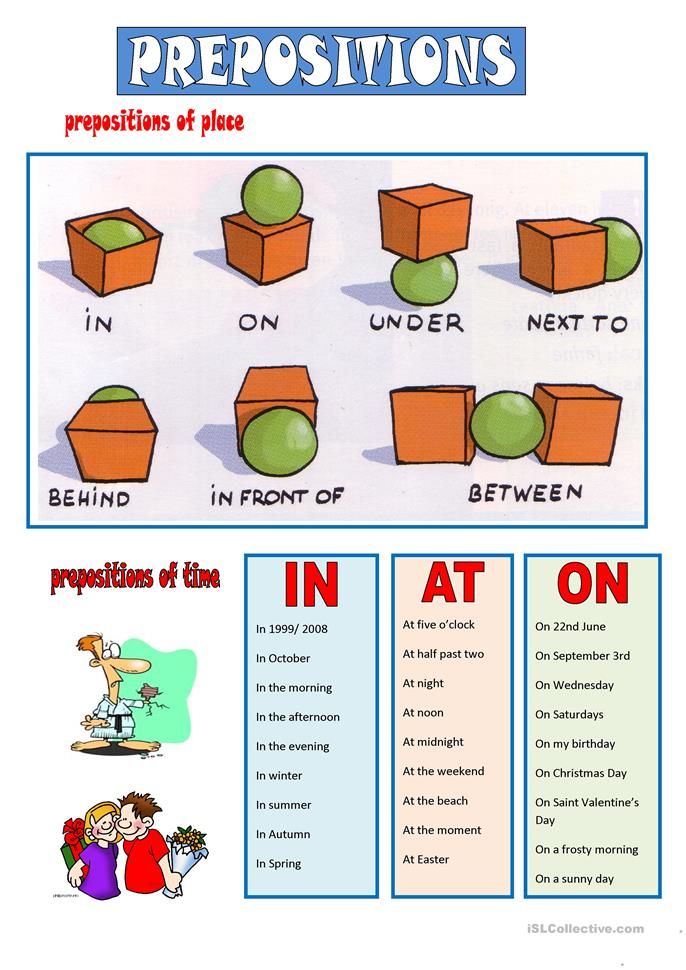
- Liabilities:
- Administrative legal relations
- Act of reconciliation of mutual calculations
- Act of reconciliation of mutual calculations who signs
- Act of reconciliation of mutual calculations is
- Act of reconciliation as a recognition of debt
- more ...
Open a document in your ConsultantPlus system:
Selection of court decisions for 2019year: Article 191 "Beginning of a period determined by a period of time" of the Civil Code of the Russian Federation
(V.N. Trofimov) According to the court, which referred to Art. Art. 190 and 191, as well as paragraph 1 of Art. 194 of the Civil Code of the Russian Federation, from these norms, when interpreted literally, it follows that the date of completion of the fulfillment of obligations is included in the period established by contract or law.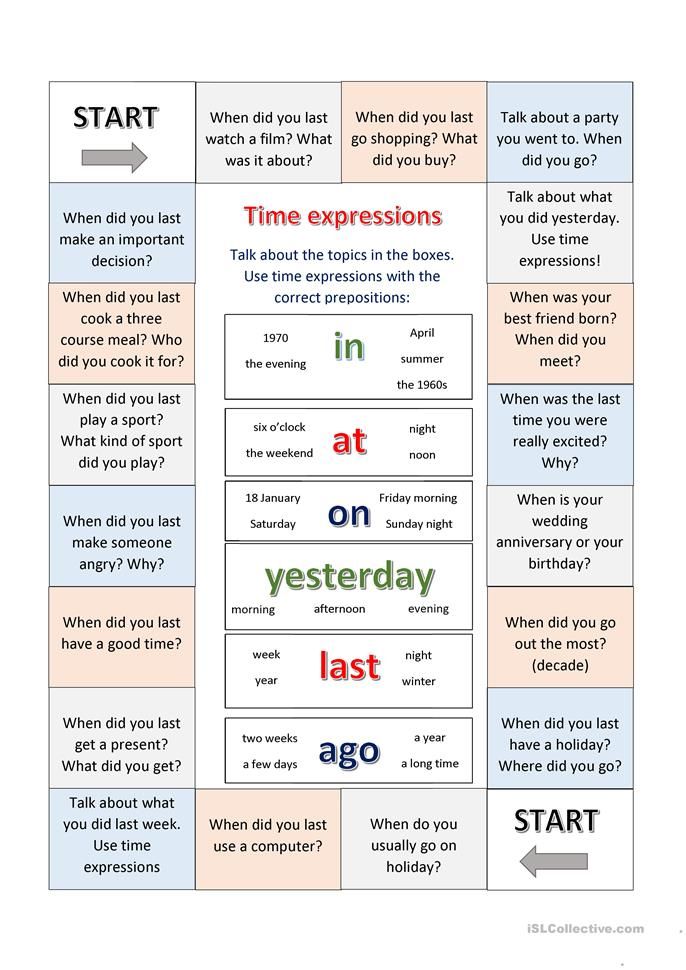 The use of the preposition "before" in this case does not have a decisive meaning, since the legislator indicates a specific date for the fulfillment of the obligation. Otherwise, it would give rise to legal uncertainty associated with the lexical subtleties of the Russian language.
The use of the preposition "before" in this case does not have a decisive meaning, since the legislator indicates a specific date for the fulfillment of the obligation. Otherwise, it would give rise to legal uncertainty associated with the lexical subtleties of the Russian language.
Articles, Comments, answers to questions : preposition "B" BC uses
Normative acts : preposition "B" BC uses
and get test access to the consultantPlus system for 2 days 2 days 2 days 2 Open the document in your system ConsultantPlus:
Decision of the St. Petersburg OFAS Russia dated January 10, 2022 in case No. 44-1/22
neglected the requirements of the instructions and, when describing the goods he offered, changed the value of the indicator set in the documentation.
Decision: Recognize the complaint as unfounded. At the same time, in the case under consideration, the values of the indicator under consideration, established using the prepositions "from", "to", are indicated by the Customer after the sign ";" (semicolon), which is not provided for in the above conditions of the instructions, to which, among other things, the Applicant refers in his complaint, and, therefore, in the case under consideration, they are not subject to application when filling out the first part of the application.